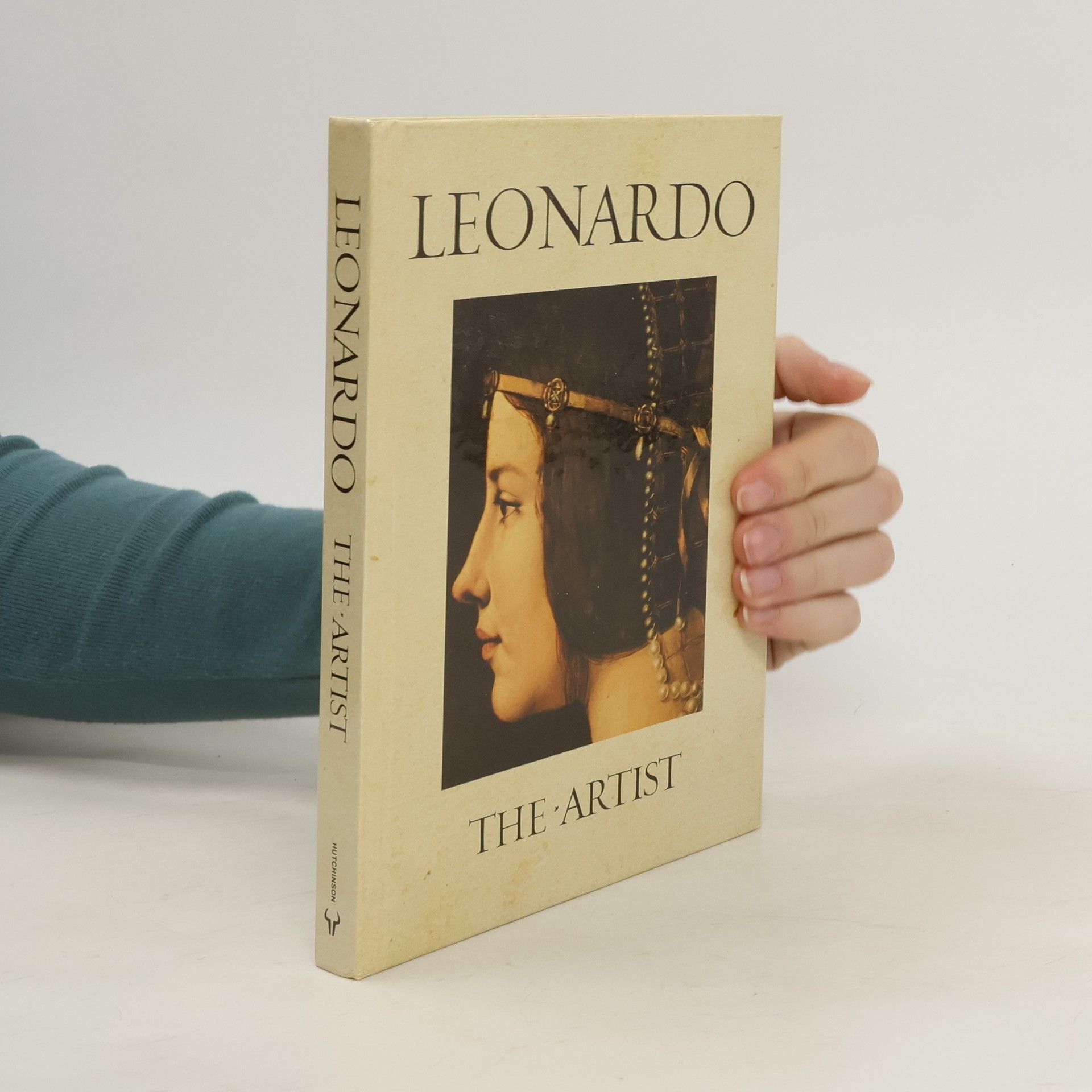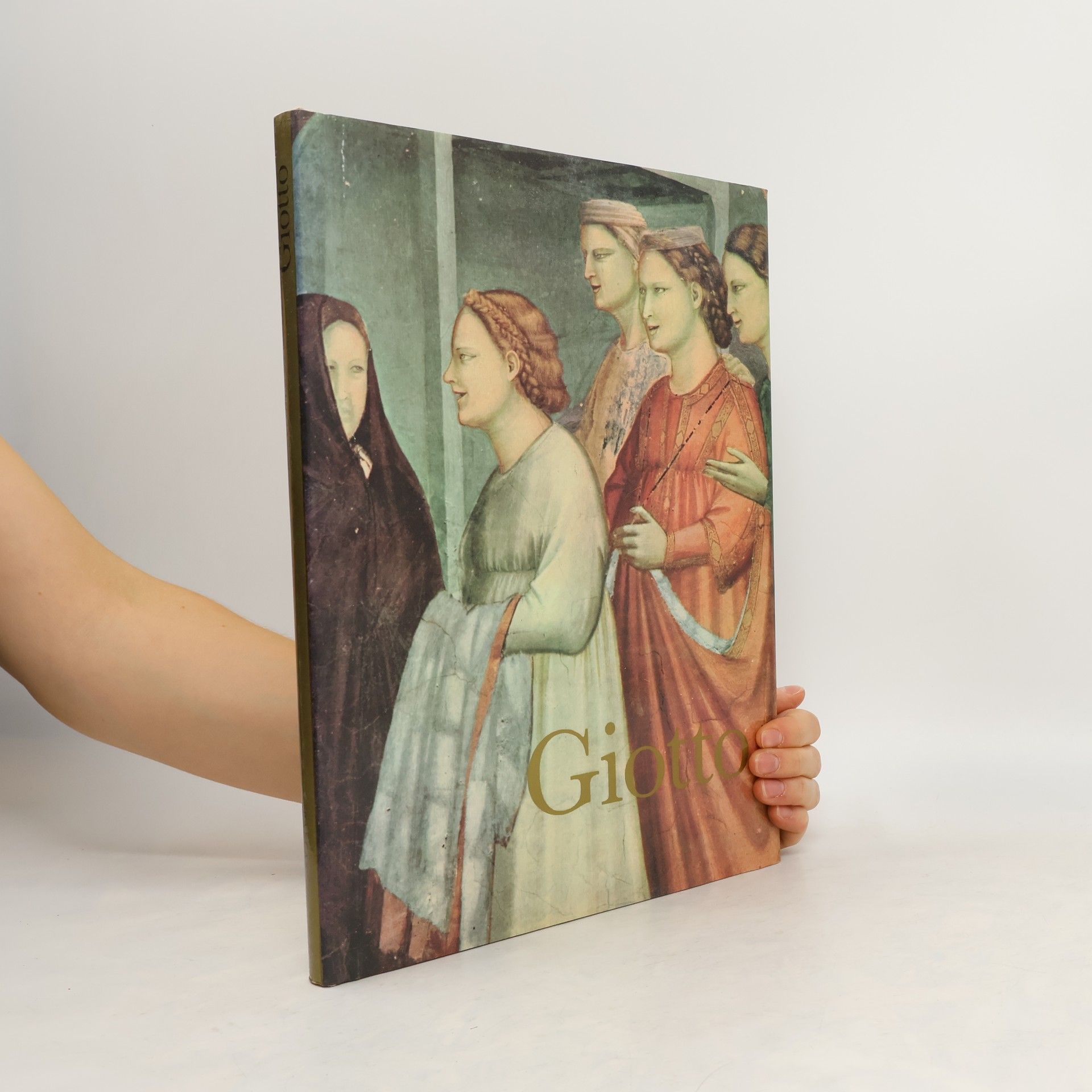Con 53 tavole applicate e a colori e 4 illustrazioni . Folio pp. 36 + tav Rilegato tela, sovracoperta (cloth, dust jacket) Ottimo (Fine)
André Chastel Livres


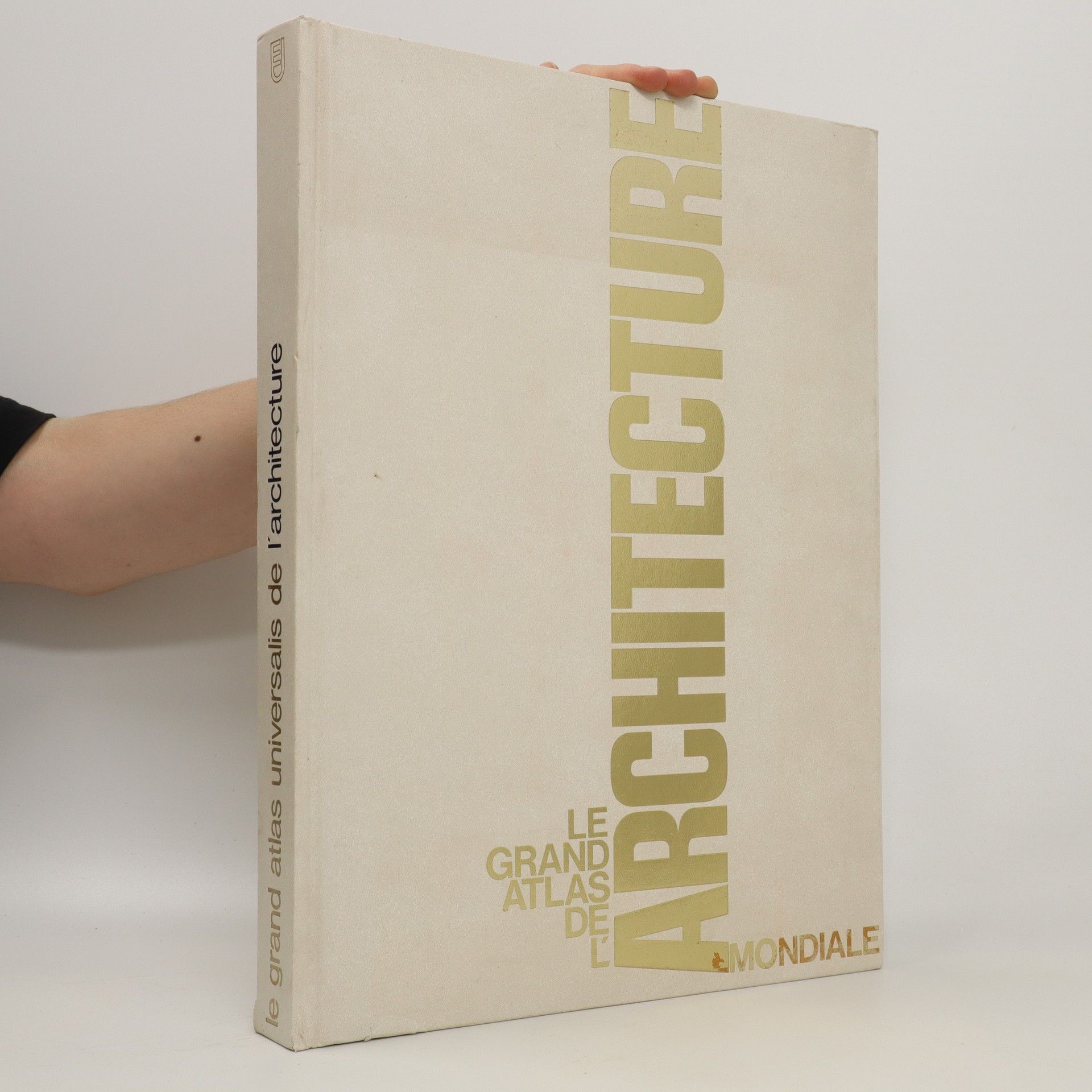

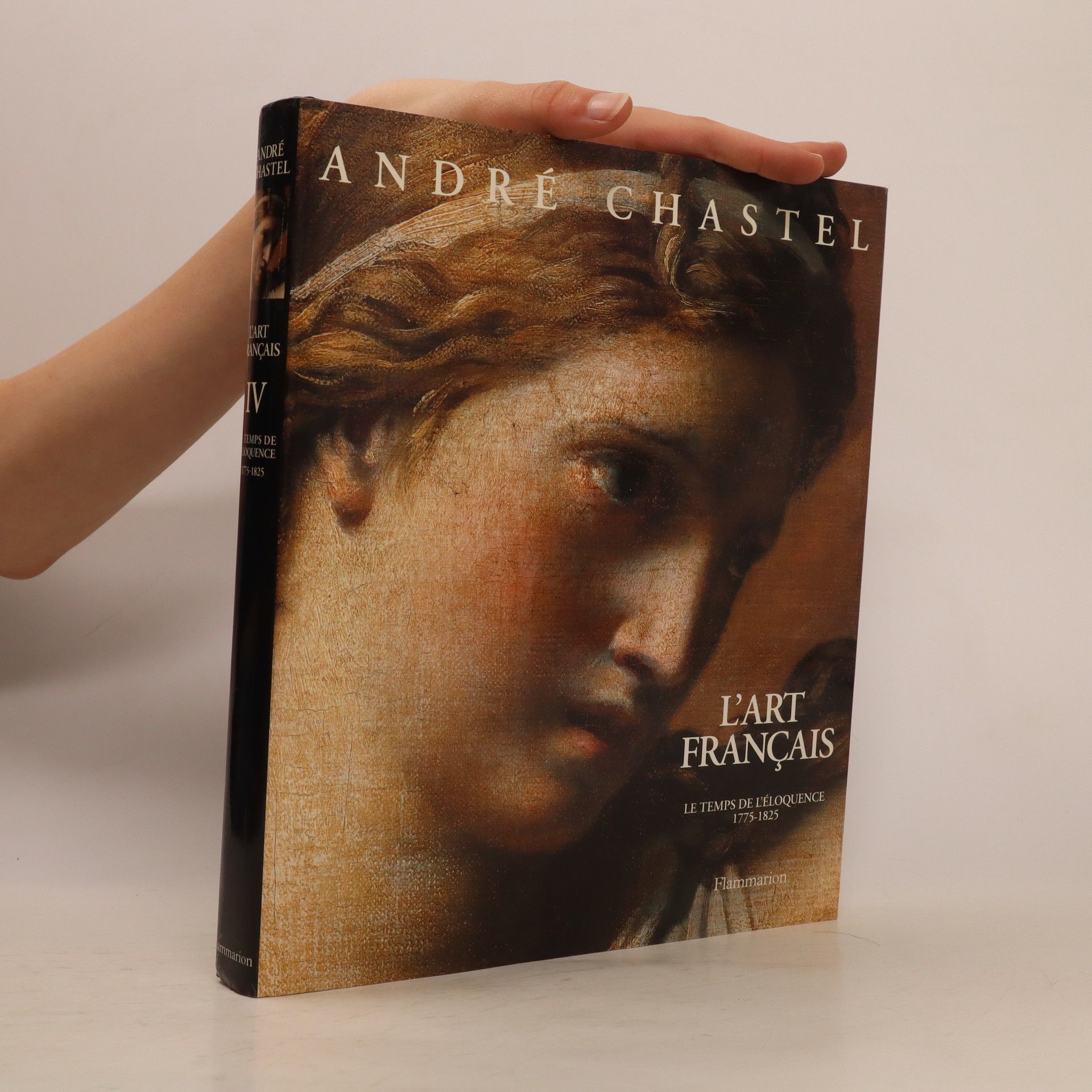

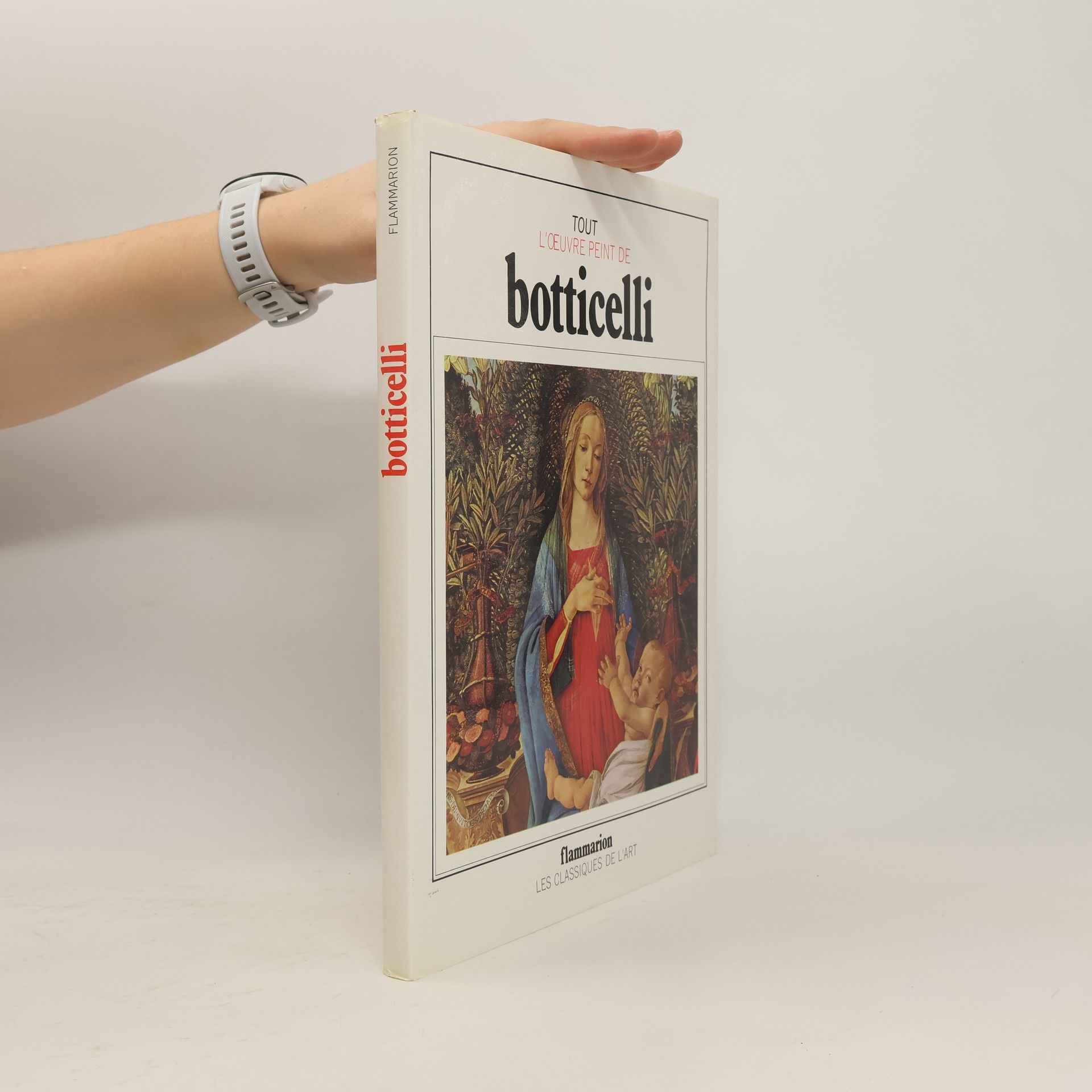
L'art français
- 332pages
- 12 heures de lecture
L'Art français, tome 2
- 253pages
- 9 heures de lecture
Les quatre volumes de L'Art français d'André Chastel - des origines au début du XIXe siècle - sont aujourd'hui réédités sous la même forme que son célèbre Art italien, chaque volume augmenté de notices biographiques des artistes. Fruit de plus de dix années de recherche, L'Art français est de ces monuments que l'on rencontre exceptionnellement dans l'histoire de l'édition. Le parti retenu par André Chastel a été conçu, pensé et bâti comme le testament de sa carrière d'historien. Chaque volume a fait l'objet d'un double regard : une vue cavalière, embrassant largement l'époque, les conditions économico-sociales, politiques et intellectuelles, introduit chaque ouvrage pour dégager l'esprit du temps et de l'identité française ; puis l'analyse, fondée sur l'étude des faits et des formes, vient inventorier dans le détail l'inépuisable puissance créatrice du sol français, " le plus divers, le plus allègre, le plus habitable des pays à vivre ". "Au cours de la Renaissance française se forment à la fois le grand dessein de la monarchie absolue et quelque chose qui ressemble à l'aspiration humaniste et laïque des Lumières. [...] À une époque aussi extravertie, la pierre de touche est dans les oeuvres autant que dans les idées." (A. C.)- Fin du Moyen Age et Renaissance- Pré-Renaissance (1420-1500)- Première Renaissance (1490-1540)- Haute Renaissance (1540-1570)- Un temps de crise
"Two of Leonardo's notebooks, having been officially lost since 1830, were rediscovered in the Biblioteca Nacional, Madrid, in 1965... On the basis of the wealth of new material in the notebooks, a group of the world's leading Vincians contributed to a reassessment of the many facets of Leonardo's genius, a large-scale collection of essays, which was published as The Unknown Leonardo. The present book...is reprinted in smaller format from that voluminous work"--from Introduction (page 7)
Leonardo on Art and the Artist
- 288pages
- 11 heures de lecture
Here is a complete picture of the techniques and working philosophy of one of the greatest artistic geniuses of the Renaissance. Assembled by a brilliant scholar from Leonardo's own writings--Notebooks and The Treatise on Painting--as well as his artistic production, the book offers a carefully balanced view of the artistÕs intellectual growth. Drawing on all the relevant writings, and rectifying many errors made by previous scholars, this work differs from earlier studies in its systematic grouping of the passages of Leonardo's writings concerning painting. In organizing the materials, the editor focuses on problems of interpretation; the result is the direct opposite of a simple anthology, offering instead a reconstruction of the underlying meaning of Leonardo's words. For each section, noted French art scholar André Chastel has provided an informative introduction and notes, and substantial bibliographic and reference materials for the book as a whole. More than
Podtitul: Od manýrismu k protireformaci Renesanční Řím počátku 16. století byl vzkvétajícím kosmopolitním centrem křesťanství, vědy i umění. V květnu 1527 však bylo město dobyto vojsky císaře Karla V. Vyplenění Říma připadalo mnoha současníkům jako výraz Božího hněvu nad zkažeností a úpadkem církve. Vynikající kniha francouzského historika umění A. Chastela se znovu vrací k tomuto datu, které se stalo osudným Římu a renesanční kultuře, vyvolalo katolickou reformu, a znamenalo tak konec jednoho způsobu života a začátek nového. Chastel událost interpretuje jako kulturní a umělecký fenomén a pozorně si všímá traumatického kontrastu mezi vzkvétajícím světem renesančního umění a velkolepých staveb a proměnou tohoto světa po vyplenění Říma. Kniha nás provádí prostředím nejslavnějších římských umělců, mezi nimiž vynikali Raffael a Michelangelo, a jejich mecenášů, všímá si však rovněž dobového literárního kontextu a dalších důležitých souvislostí.
